Index funds are comparatively safer types of investment than other financial assets such as commodities, currencies, or cryptocurrencies. This type of investment allows investors to have a certain amount of return and profit from passive investment over a particular period. Fidelity Total International Index fund is one of the most popular index funds.
Before investing in an index fund, you have to check on several factors about that fund, such as performance, history, costs, risks, etc., to know the potentiality. This article contains a complete review of the FTIHX.
What is the Fidelity Total International Index fund?
FTIHX is an investment fund that seeks to provide investment returns that coincide with the total return of the foreign emerging market and development. This fund follows a strategy to invest 80% of the assets in securities containing All Country World Index (MSCI ACWI) ex USA Investable Market Index and depositary receipts representing securities included in the index.
The developing purpose for MSCI ACWI ex USA Investable Market Index is to measure performances of investable equity markets for global investors of small, large, and mid-cap stocks in emerging and developed markets.
That excludes the US Using statistical sampling techniques depends on several factors:
- Industry exposures
- Price/book (P/B) ratio
- Capitalization
- Country weightings
- Price/earnings (P/E) ratio
- Dividend yield
- Effect of foreign taxes
- Earnings growth
All these are to attempt to replicate the returns of the MSCI ACWI ex USA Investable Market Index. Lending securities is the primary source to earn income for the fund.
History of fund
The inception date of this fund is June 7, 2016. Twelve months low of this fund is $11.54, and high is $15.18.
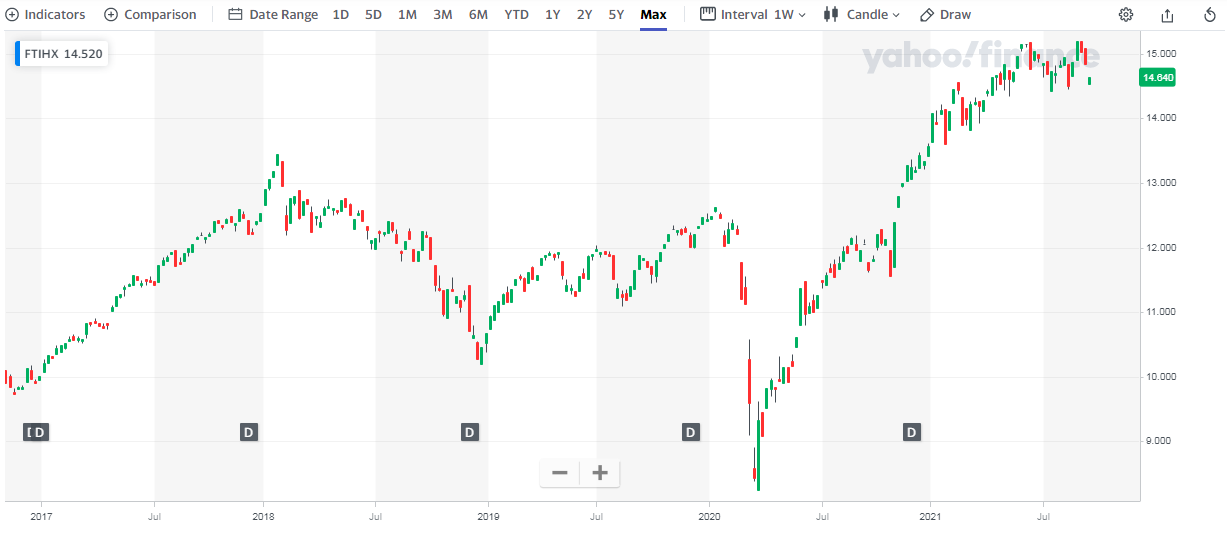
At the time of writing, the fund has been floating near $14.64. This fund is operating under the foreign large blend category. The lead manager for this fund has been Deane Gyllenhaal since June 2016. He was a senior portfolio manager from 2006-2014 at Hartford Investment Management. It belongs to the fund family of Fidelity investments, which have net assets of $7.92B.
Rankings
The Morningstar rating or the ‘start rating’ starts by observing at least three years’ performance for certain assets. The calculation depends on the Morningstar risk adjustment and monthly return performance. The top 10% receives a rating of 5-star, 4-star ratings for the next 22.5%, and the next 35% gets a 3-star rating.

This investment fund has 3-star ratings, according to Morningstar.

According to the Lipper ranking, this fund remains at 934 out of 1637 funds for a yearly duration. For five years duration, it’s been at 580 among 1237 funds.
Trailing total returns
Return info is an essential fact for any investment asset.
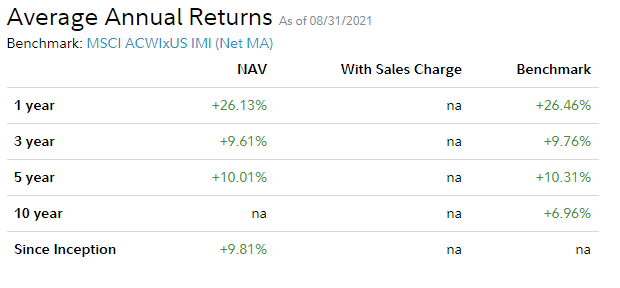
FTIHX has a yearly return of 26.13% for three years duration, the return amount is 9.61%, and 10.01% is the figure for five-year returns. We attach a hypothetical growth chart of 10k investment in this asset.

It shows a smooth growth of the asset. Now we attach return information per year for this fund since its inception.

Now check the cumulative total returns information. It has a YTD(daily) return of 7.89%, YTD(monthly) return is 10.17%.

Performance measurement
It is another essential fact for any investment asset. Since its inception, this fund has shown excellent performance, with three positive years and a negative. Year-to-end return is 7.62%.

FTIHX has been rising gradually since its inception. You can check it anytime by looking at the chart. For a clear concept, check the chart below, which shows the return vs. benchmark information.
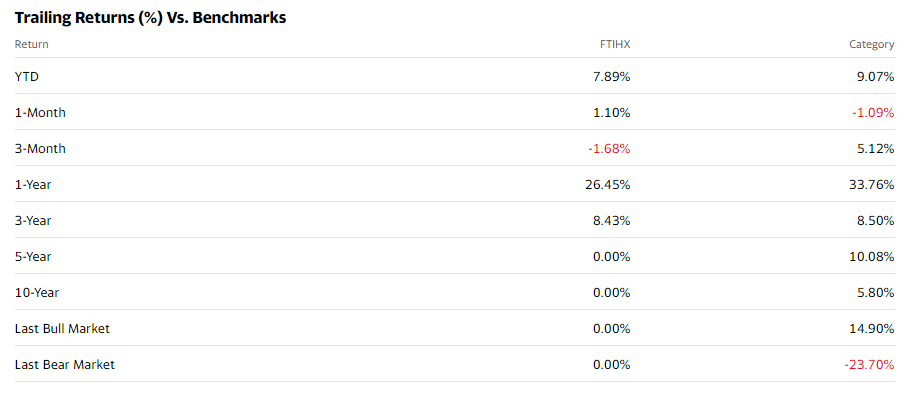
When you check the annual return history for the fund FTIHX, 2018 was the worst year. Although the recent Corona pandemic hurt the world economy, this fund managed to keep rising and show returns by 2020.
Fees
Fees are comparatively low for this fund index. It has an expense ratio of 0.06%. There is no limit on minimum or maximum investment amount. You have to invest and pay a certain amount of expense ratio for the fund’s management.
Risk and holdings
For specific foreign markets, stock markets involve some risk response on several factors such as economic or market development, political issues, the regulatory, issuer of the fund, etc. Foreign securities matter to the currency exchange rate, economic and political risks, interest rate, etc.
These all are also facts in emerging markets. Securities of small companies are more volatile than securities of large companies. However, risk factors measurement in these types of indexes varies with several factors such as simple selection, time duration, and transaction costs.
Besides all these factors, you should also check on index deletions and additions.
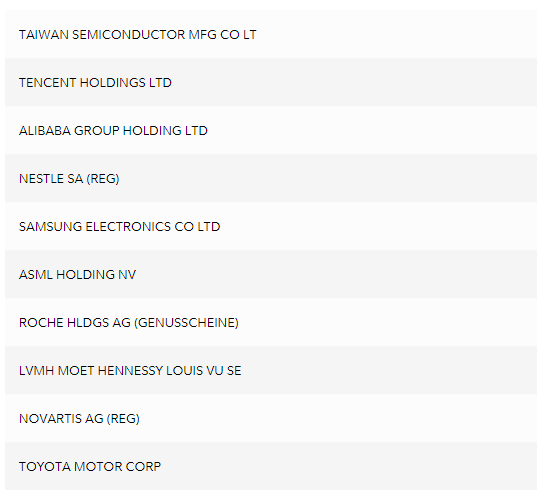
Volatility measurement
This fund is holding shares for many large organizations that have been operating around the globe. The 3-years beta value for Fidelity international fund index is 0.99. Meanwhile, the Sharpeinvest ratio is 0.47. The standard deviation for this index fund is 17.86.
This volatility information confirms that this fund is a sufficient volatile asset to invest and get an impressive return over a specific time.
Fidelity Total International Index fund 2022 forecast
Forecasting for any investment asset requires analysis and research. We have sufficient research on the FTIHX to make a forecast. In our observation, this fund is a potentially profitable investment for the following year. We check on several factors such as performance measurements, risk factors, historical information, costs, fees, etc., to make a forecast.
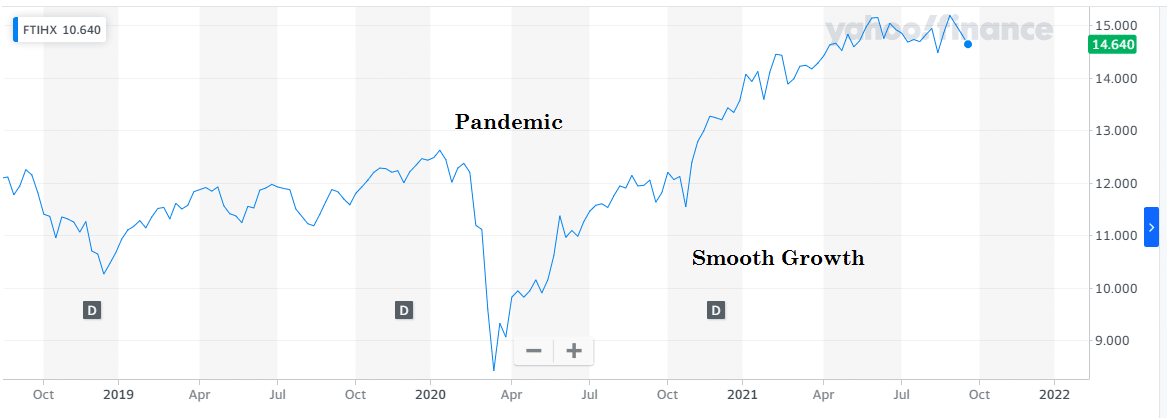
This index fund has been managing to show increasing growth since the beginning. We conclude that this fund will keep rising in the upcoming year if any unexpected events occur.
Final thoughts
We list all essential information for the FTIHX in this article. We suggest checking on several factors before investing, such as time duration, return expectation, investment amount, etc. However, investing in these funds involves lower risk than other financial assets such as currencies, stocks, and commodities. Moreover, you don’t need to manage these funds so often as it allows passive income from the investment that you make.




